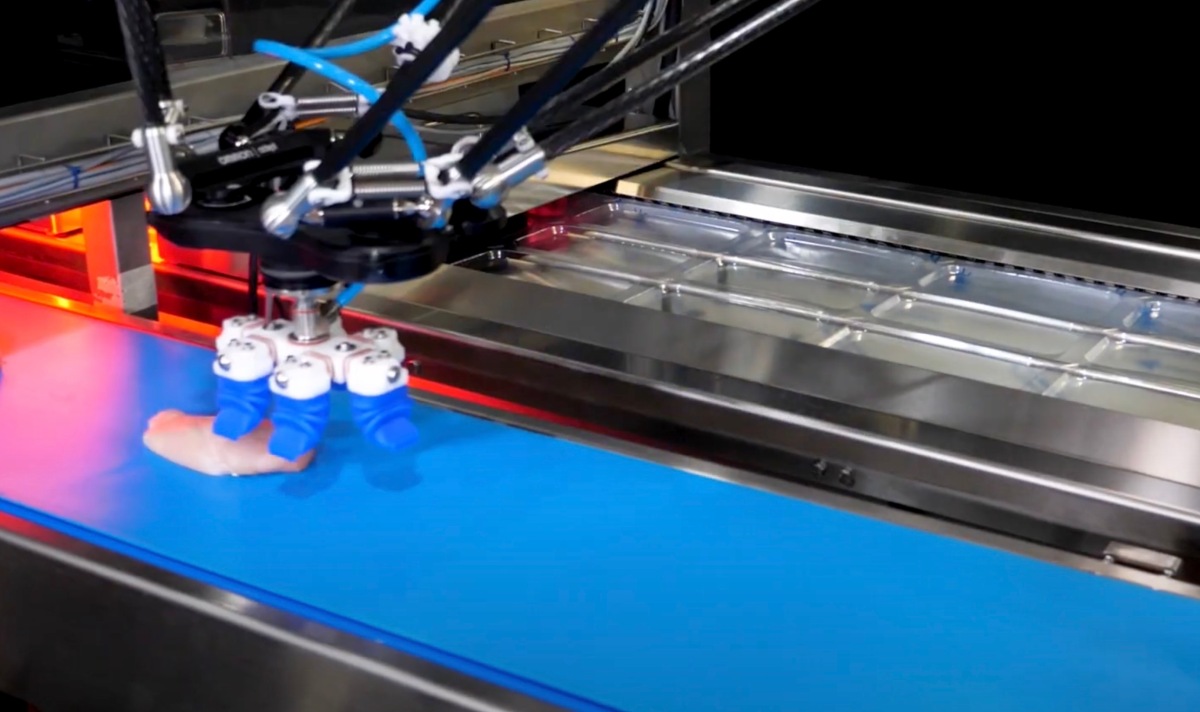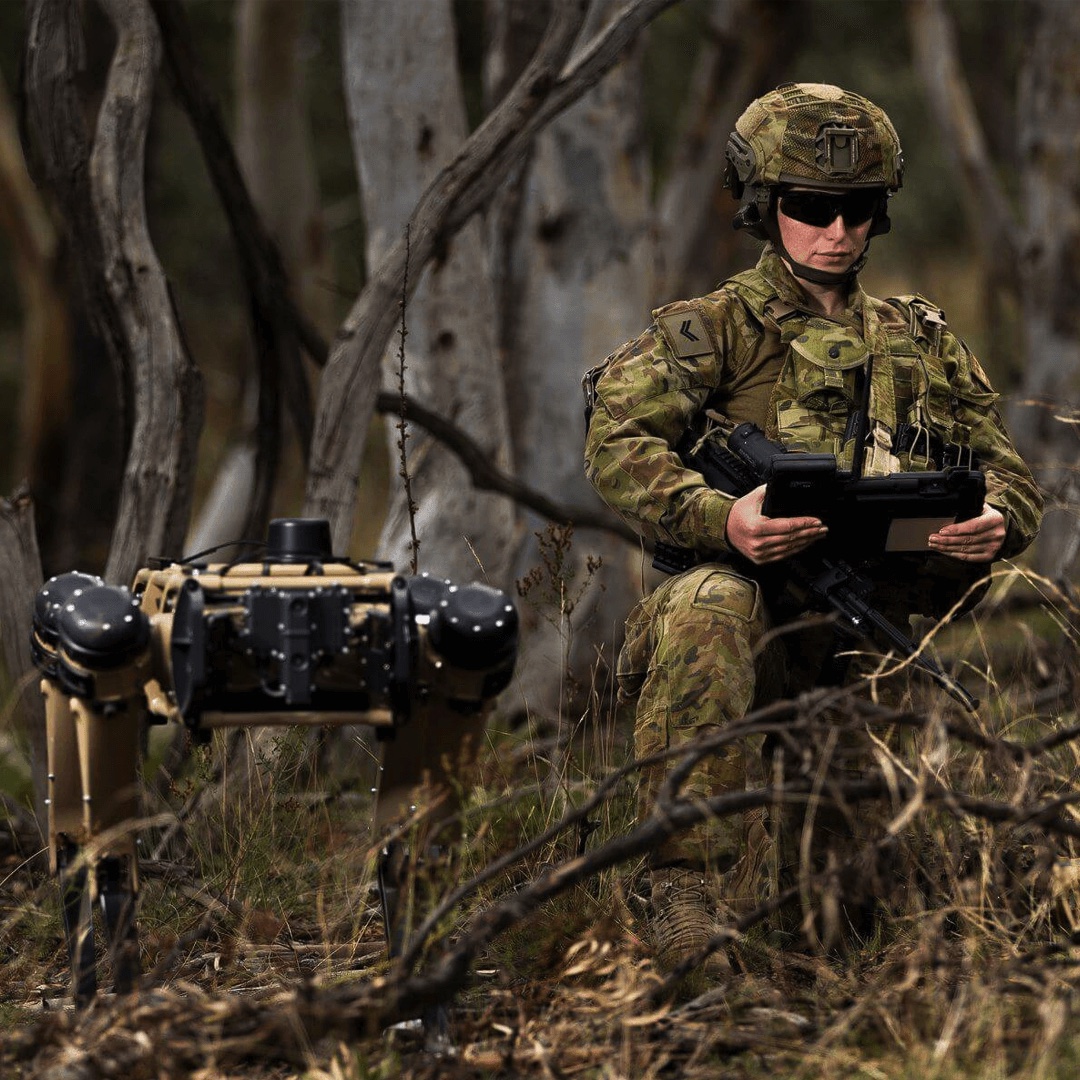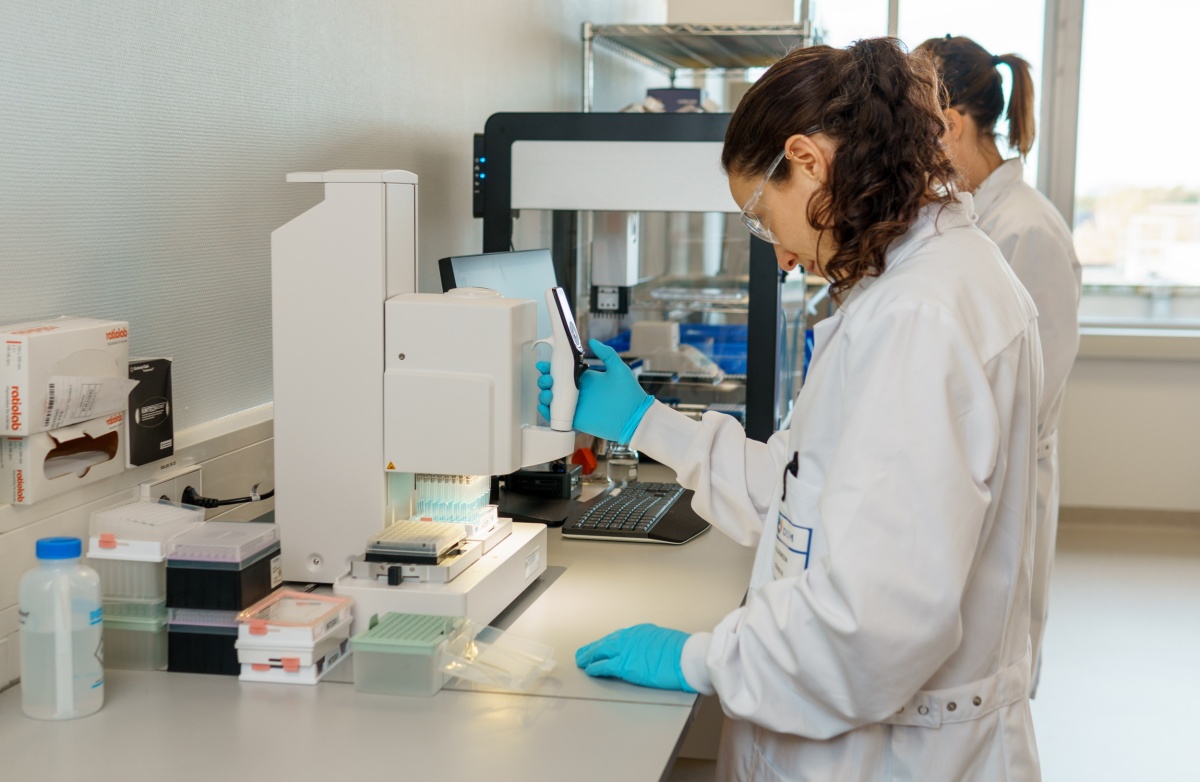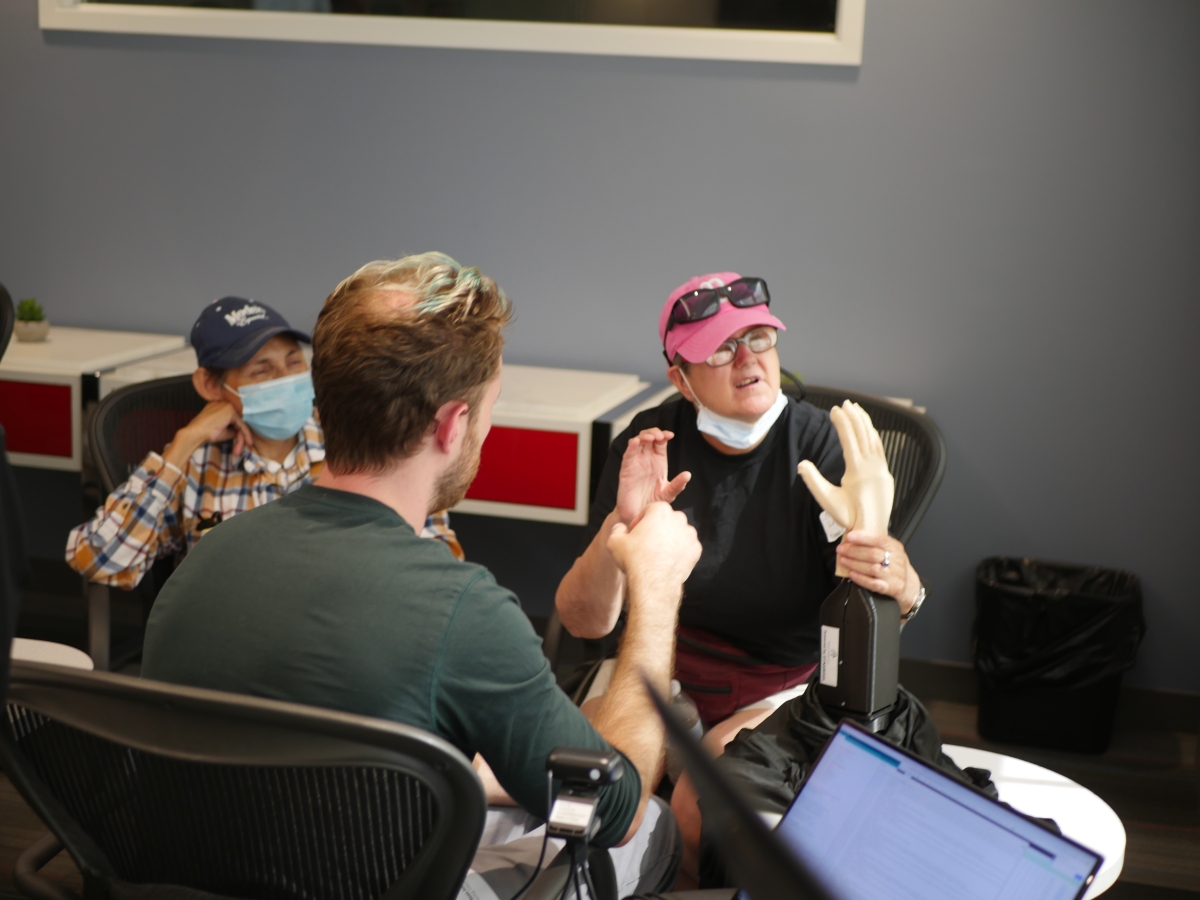Google introduces Workspaces Spaces Chats conversations summaries • ZebethMedia
Having trouble keeping up with the conversations in your Chats in your Workspace Spaces? Google feels your pain, and is “excited to introduce conversation summaries in Google Chat for messages in Spaces.” Now your conversations in Spaces Chats will be summarized right in your Premium Workspace. The issue is, of course, that while Chats in Spaces are perfectly good for conversations, in larger Workspaces these Chats conversations can be difficult to keep up with unless you’re always checking your Spaces for new conversations in Chats. You know the drill – you log into your Workspace, click over to your Spaces, pull up the Chats, and your conversations are just too numerous and long-winded to catch up on! You can’t very well tell your Workspace Spaces conversationalists to leave off chatting in your Chats. Conversation is the very reason Chats exist, that’s why they call it Spaces! I mean Chats! Fortunately Google is bringing its expertise in communications apps to remedy this conversational crisis in your Workspace Spaces Chats. Starting soon, the messages in your conversations will be summarized right in your Chats, inside Spaces in Workspaces! Selected Premium Workspaces, anyway. Google put a summary in your Premium Workspace Spaces Chat conversations. You read that correctly. The Conversation Summary of the messages in your Workspace Spaces Chat will appear at the top of the Chats within Spaces, summarizing any unread chatter in the Chats conversation. Click on the summary of the Spaces Chats and you’ll jump straight to the conversation, even if it’s already visible and the Conversation summary has only summarized a few lines of the Chats conversation. If you use Spaces in your Workspace, and tend to have conversations in the Chats of those Spaces, Conversation Summary in Google Chat could be just the thing to keep those chatty Chats summarized. Sadly, this doesn’t appear to be available for Google Chat, though — which is to say regular Google Chat (that is, the newish one in your Gmail that used to be Hangouts, possibly), only Google Chat for Spaces in Workspaces, and (don’t forgot) select Premium Workspaces at that. Definitely not Meet messaging. So you probably don’t have access. But you might eventually, if Workspace Spaces Chats are still something that exist in six months. (I’m checking with Google on this.) Check out the technical details on how the Google AI team quickly and effectively summarizes conversations in Chats in Spaces in Workspaces right here. 🙂









